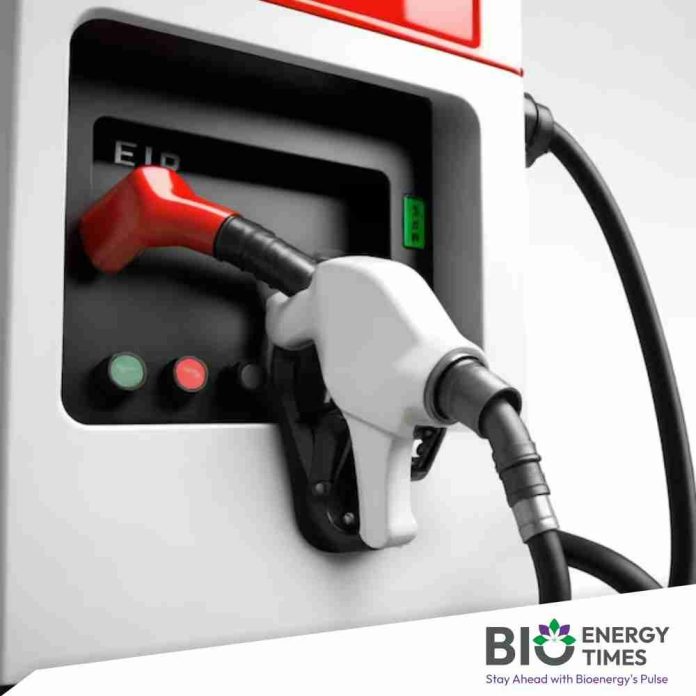In late September, Stephanie Larson, the U.S. Grains Council’s Regional Ethanol Manager for the European Union, United Kingdom, and Canada, visited Ottawa, Ontario, and Quebec City, Quebec. Her goal was to engage with government officials about how the U.S. ethanol industry can support Canada’s efforts to increase ethanol blending rates.
“Canada is the leading export market for U.S. ethanol, having purchased 590 million gallons in the 2022/2023 marketing year. In the first 11 months of the 2023/2024 marketing year, that figure has already risen to 598 million gallons, as U.S. producers enjoy nearly a 100 percent market share of ethanol imports in Canada. There’s still potential for growth as Canada remains committed to reducing carbon emissions,” Larson noted.
While Canada has a national mandate to blend gasoline with five percent ethanol (E5), many provinces have opted for higher blend rates. By next year, Ontario will require E11 blends, and Quebec will require E12. Additionally, the Canadian government has announced plans to establish sustainable aviation fuel (SAF) facilities, which will create significant new demand for U.S. producers.
Larson was accompanied by Helena Jette, director of market development and biofuels for the Indiana Corn Growers Association, Indiana Corn Marketing Council, and Indiana Soybean Alliance, along with Christopher Malone, vice president of market development for Indigo Ag.
During the first day of their program, they held discussions with staff from Environment and Climate Change Canada and Natural Resources Canada, two key governmental bodies focused on the country’s climate change objectives and regulations. The team also met with representatives from Agriculture and Agri-Food Canada while in Ottawa.
To read more about Ethanol Industry News, continue reading BioEnergyTimes.com














